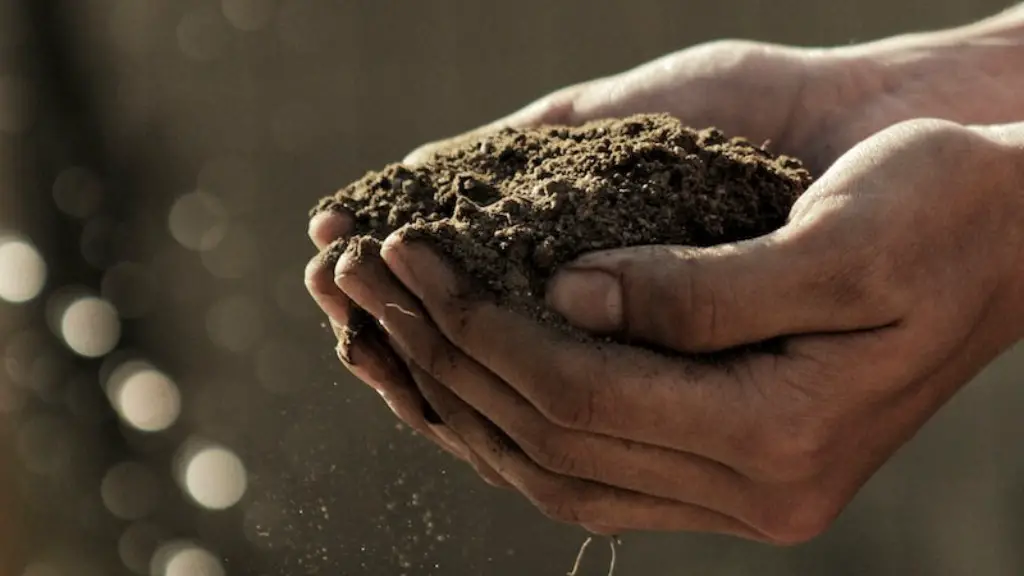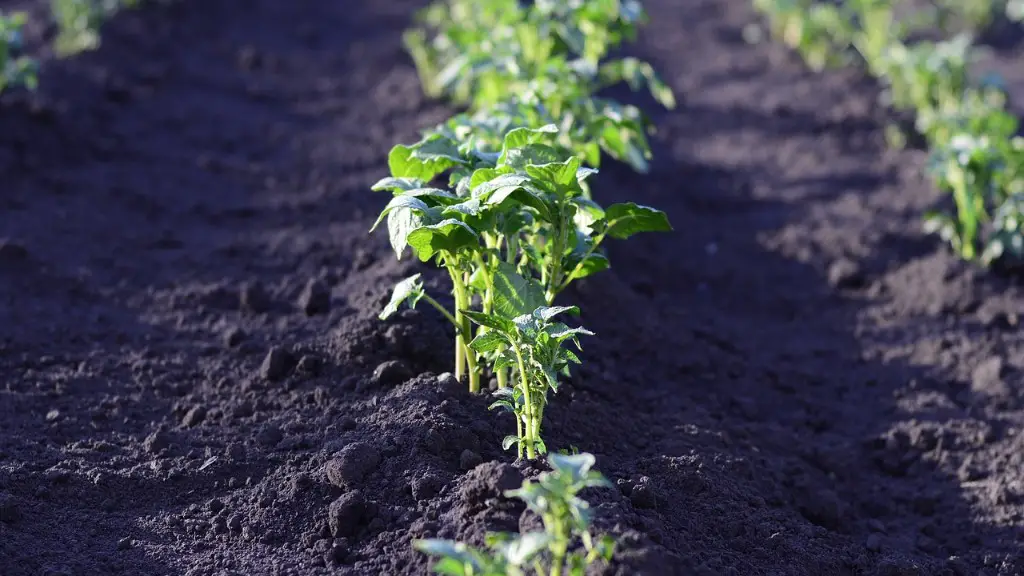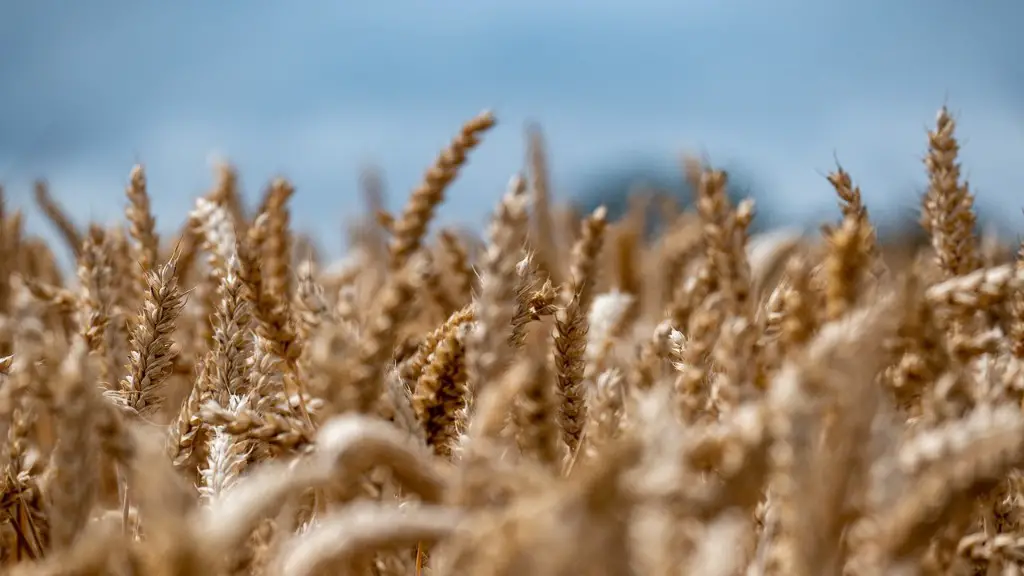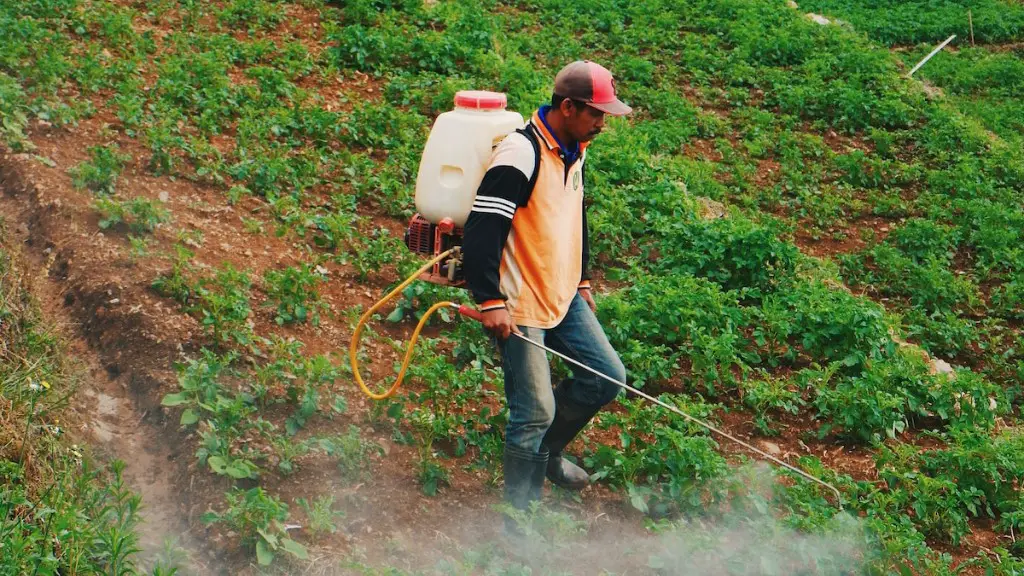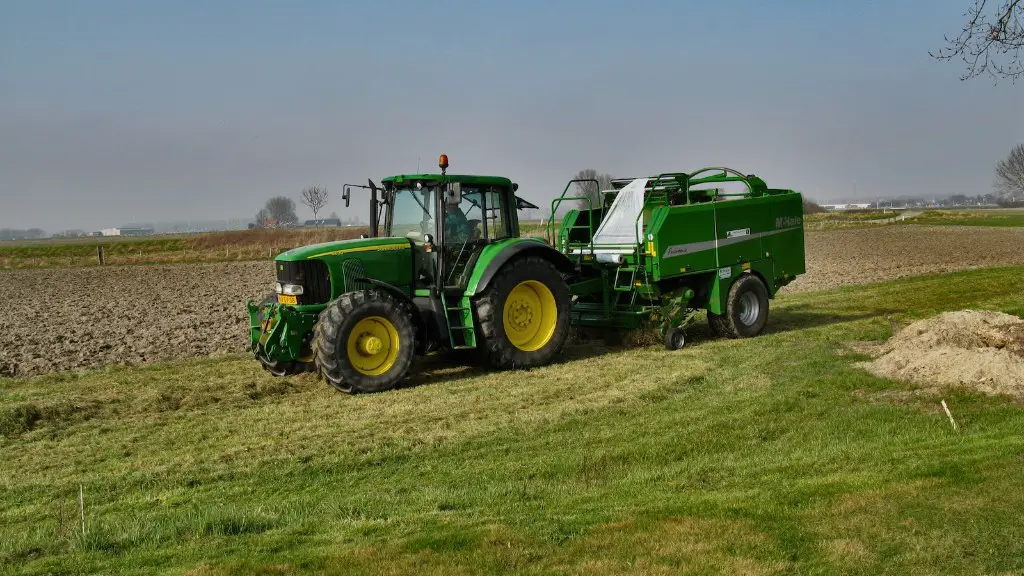In order to reduce greenhouse gases in agriculture, there are a few key practices that can be adopted. First, crop rotation can be used to maintain soil fertility and reduce the need for synthetic fertilizers. Second, no-till or low-tillage systems can be used to reduce soil disturbance and the release of carbon dioxide. Third, cover crops can be used to reduce soil erosion and the subsequent release of greenhouse gases. Finally, management of animal waste can be improved to reduce methane emissions.
Over the past few decades, agriculture has become more efficient and productive, but it still faces significant challenges in reducing greenhouse gas emissions. Croplands and pasturelands account for about 24 percent of global anthropogenic greenhouse gas emissions, making agriculture a major contributor to climate change. However, there are a number of ways to reduce agricultural greenhouse gas emissions and build climate-resilient farms.
Improving efficiency in agricultural production can reduce greenhouse gas emissions while also increasing profits and yields. For example, more efficient fertilizer application can reduce emissions of nitrogen-based greenhouse gases, and no-till agriculture can reduce emissions of carbon dioxide. Other practices, such as improving irrigation efficiency and cow management, can also help reduce agricultural greenhouse gas emissions.
In addition to production-level changes, shifts in land use can also help to reduce agricultural greenhouse gas emissions. For example, planting trees on marginal lands can help to sequester carbon dioxide, and restoring degraded lands can increase their capacity to store carbon. Reducing deforestation and ensuring that forested areas are managed sustainably can also help to reduce emissions of greenhouse gases.
Agricultural greenhouse gas emissions can also be reduced by changing consumption patterns. For example, eating less meat and dairy can reduce emissions throughout the food system
How can agriculture reduce greenhouse gas emissions?
Farmers can help to reduce GHG emissions in a few ways. They can grow the feedstocks used for biofuels, install wind turbines or solar panels on their land, or both. If more farmers took these actions, it would have a significant impact on reducing GHG emissions.
You can help reduce greenhouse gas emissions at home in a number of ways. Getting a home energy audit is a great place to start. This will help you identify areas where your home is losing energy and what changes you can make to improve things. You can also switch to renewable energy sources, like solar power. Solar panels are a great investment and can help you save money on your energy bills. You can also purchase green tags, which are a way of offsetting your carbon emissions. And finally, making simple changes like adjusting your thermostat and using energy-saving light bulbs can also make a big difference.
How can we reduce agriculture emissions
No-till farming is a more sustainable technique that reduces the amount of greenhouse gas emissions. This type of farming reduces the number of times equipment crosses the fields, which reduces the amount of fuel used and the emissions produced. Animal-raising techniques that include rotational grazing, deep-bedding animals and composting manure are also more sustainable and reduce greenhouse gas emissions. These techniques help to reduce the amount of methane produced by animals and the amount of manure that is produced.
Climate change is a real and pressing problem. Farmers have a unique opportunity to help mitigate the effects of climate change. Here are ten ways farmers can fight climate change:
1. Efficient irrigation management can help conserve water and reduce energy use.
2. Renewable energy sources like solar and wind can help power farm operations.
3. Organic practices can help improve soil health and reduce greenhouse gas emissions.
4. Increasing soil health can help capture carbon dioxide and improve water retention.
5. Keeping agriculture green through practices like crop rotation can help keep carbon in the soil.
6. Reducing livestock methane emissions can help slow climate change.
7. Pasture-based livestock management can help reduce greenhouse gas emissions.
8. Protecting farmland from development can help keep carbon in the ground.
9. Restoring wetlands can help sequester carbon and improve water quality.
10. Planting trees can help offset greenhouse gas emissions and provide habitat for wildlife.
What causes greenhouse gas emissions in agriculture?
The primary sources of farm-related emissions are methane (CH4) and nitrous oxide (N2O). Cattle belching (CH4) and the addition of natural or synthetic fertilizers and wastes to soils (N2O) represent the largest sources, making up 65 percent of agricultural emissions globally. Reducing these emissions will require a concerted effort from the agriculture industry, including better management of cattle and fertilizer use.
Farming is a significant source of methane and nitrous oxide emissions – two powerful greenhouse gases. Methane is produced by livestock during digestion due to enteric fermentation and is released via belches. It can also escape from stored manure and organic waste in landfills. Nitrous oxide is emitted from agricultural soils during fertilizer application and manure management.
What are 10 things we can change to reduce greenhouse gases?
Eating more vegetables, fruits, whole grains, legumes, nuts, and seeds can significantly lower your environmental impact. Producing plant-based foods generally results in fewer greenhouse gas emissions and requires less energy, land, and water.
1. Use less electricity: conserving energy is one of the best ways to reduce greenhouse gases. Make your home more energy efficient by using energy-saving appliances and using less heat and air conditioning.
2. Generate electricity without emissions: solar and wind power are two great ways to generate electricity without creating greenhouse gases.
3. Shrink the footprint of food: the food we eat has a large carbon footprint, so eating less meat and wasting less food can make a big difference.
4. Travel without making greenhouse gases: try to use public transportation or carpool whenever possible to reduce your emissions from travel.
5. Take carbon dioxide out of the air: planting trees is a great way to remove carbon dioxide from the atmosphere and help offset your emissions.
How to get rid of greenhouse gases
According to the World Resources Institute, there are two main strategies for removing carbon from the atmosphere: tree planting and forest restoration or conservation efforts, and direct air capture (DAC).
Tree planting and Forest restoration or conservation efforts help to remove carbon by sequestering it in the trees and soil. This is a natural process that has been happening for centuries, but it can be enhanced through reforestation, afforestation, and other management practices.
Direct air capture (DAC) is a technology that can remove carbon directly from the air. This is usually done by using a machine to capture air, filter out the carbon dioxide, and then release the clean air back into the atmosphere.
Both of these strategies have their own advantages and disadvantages, but they are both important tools in the fight against climate change.
Conservation agriculture is a type of farming that focuses on three main principles: minimum soil disturbance, crop diversification, and permanent soil cover. These principles help to protect the environment and to reduce both the impacts of climate change on agricultural systems (adaptation) and the contribution of the agricultural practices to greenhouse gases (mitigation).
What are the three most important greenhouse gas emissions from agricultural systems?
According to the Intergovernmental Panel on Climate Change, agricultural greenhouse gas emissions account for approximately 10-12% of the world’s total greenhouse gas emissions. The three most significant agricultural greenhouse gases are carbon dioxide (CO2), methane (CH4), and nitrous oxide (N2O).
CO2 is produced through agricultural production methods such as animal respiration, deforestation for agricultural expansion, and the use of fossil fuels in farm machinery.
Methane is emitted from animal waste and rice production, while nitrous oxide comes from the use of synthetic fertilizers.
Agricultural greenhouse gas emissions are expected to increase in the future as the world’s population grows and demand for food increases. However, there are steps that can be taken to mitigate these emissions, such as developing more efficient agricultural production methods and investing in renewable energy.
The primary greenhouse gases related to agriculture are methane, nitrous oxide, and carbon dioxide. These gases are produced through agricultural practices such as livestock grazing, manure management, and field burning of agricultural waste. While methane and nitrous oxide have a shorter atmospheric lifetime than carbon dioxide, they are much more potent greenhouse gases. Therefore, reducing emissions of these gases is critical to mitigating climate change.
Which greenhouse gas is most associated with agriculture
Nitrous oxide and methane are two of the primary greenhouse gases emitted by agricultural activities. In 2019, total nitrous oxide emissions from agriculture were 364 million metric tons of CO2 equivalent, or 58 percent of total agricultural CO2e emissions. agricultural methane emissions were 650 MMT CO2e, or 41 percent of total agricultural emissions.
Electricity, heat, and transportation are all major sources of greenhouse gas emissions in the United States. Burning fossil fuels for these purposes release large amounts of carbon dioxide and other greenhouse gases into the atmosphere, which contribute to climate change. Reducing these emissions is a major challenge facing the US today.
What 5 things can we do to improve agriculture?
The world’s population is projected to increase by 2.3 billion people by 2050. To feed this growing population, we will need to increase food production by 70%. To do this, we will need to develop high-yield crops, boost irrigation, increase the use of fertilizers, and make better use of information technology. We will also need to adopt genetically modified (GM) crops and reform land ownership with productivity and inclusiveness in mind.
There are a number of agricultural practices that can contribute to greenhouse gas emissions. These include the management of agricultural soils, cultivation practices, livestock, rice production and biomass burning.
Final Words
There are a number of ways to reduce greenhouse gases in agriculture:
1. Use more efficient machinery and equipment.
2. Continue to develop and adopt more efficient fertilizers and farming practices.
3. Manage livestock waste properly.
4. Use cover crops and crop rotation.
5. Plant trees and use other forms of vegetation to create windbreaks and buffers.
There are a number of ways to reduce greenhouse gases in agriculture. One way is to reduce the amount of energy used in farming operations. This can be done by using more efficient equipment and using energy-saving practices. Another way to reduce greenhouse gases is to use more environmentally friendly farming practices. This can include using organic methods, using cover crops, and reducing tillage.
